Highlights:
- New quantization technique ‘ParoQuant’ enhances reasoning LLM efficiency.
- Introduces pairwise Givens rotations and channel-wise scaling for finer precision.
- Achieves 2.4% average accuracy improvement over previous methods.
- Less than 10% runtime overhead with optimized GPU parallelism.
TLDR:
ParoQuant introduces a novel post-training quantization method that significantly improves both efficiency and accuracy in reasoning large language models (LLMs), enabling faster and lighter inference without compromising performance.
A new study from Yesheng Liang (https://arxiv.org/search/cs?searchtype=author&query=Liang,+Y), Haisheng Chen (https://arxiv.org/search/cs?searchtype=author&query=Chen,+H), Song Han (https://arxiv.org/search/cs?searchtype=author&query=Han,+S), and Zhijian Liu (https://arxiv.org/search/cs?searchtype=author&query=Liu,+Z) introduces a breakthrough in efficient reasoning large language model (LLM) inference. Their latest paper, titled ‘ParoQuant: Pairwise Rotation Quantization for Efficient Reasoning LLM Inference,’ presents a refined approach to weight-only post-training quantization (PTQ) that tackles two long-standing challenges: quantization errors due to weight outliers and high inference overhead in reasoning tasks.
Traditional PTQ methods compress LLM weights into low-precision formats to reduce memory consumption and speed up inference. However, reasoning models—used for complex, multi-step cognitive tasks—suffer most from precision loss, as small quantization errors can accumulate over extended chains of thought. The researchers address this by introducing Pairwise Rotation Quantization (ParoQuant), a strategy that applies hardware-efficient, independent Givens rotations to stabilize weights while applying channel-wise scaling to balance magnitude distributions across different model areas. This synergy reduces the dynamic range of quantization groups, minimizing data distortion and preserving reasoning accuracy.
Beyond theoretical innovation, Liang and colleagues re-engineered the inference kernel for ParoQuant, enabling deeper GPU parallelization. This optimization ensures that rotations and scaling incur minimal runtime cost—less than 10% overhead—while providing up to 2.4% average accuracy improvements on reasoning benchmarks when compared to Advanced Weight Quantization (AWQ). By carefully co-designing both software and hardware processes, their method bridges the efficiency-accuracy gap that plagues LLM quantization research.
The implications of ParoQuant are substantial for both academia and industry. With reasoning LLMs becoming central to applications in mathematics, scientific exploration, and autonomous decision-making, efficient deployment directly translates to lower operational costs and improved accessibility across compute-constrained devices. ParoQuant paves the way for scalable, real-world large model reasoning systems that can perform at high fidelity without massive resource consumption.
Source:
Source:
Original research paper: ‘ParoQuant: Pairwise Rotation Quantization for Efficient Reasoning LLM Inference’ (arXiv:2511.10645v1) https://doi.org/10.48550/arXiv.2511.10645
